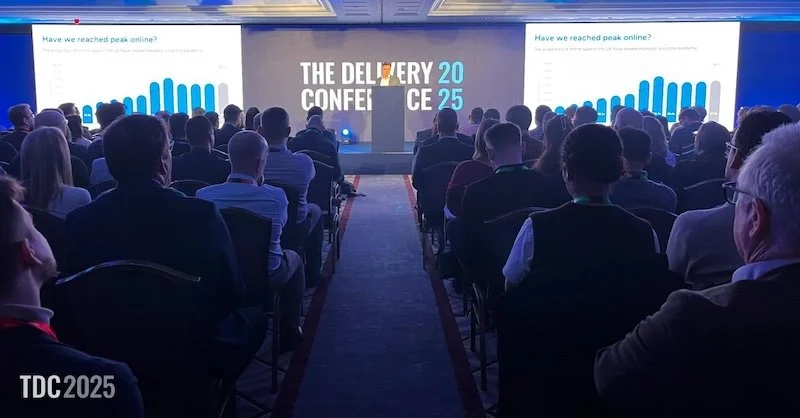Inventory via software: how an intuitive asset management app can help companies save money
Rising costs regarding inventory and labour are forcing companies to permanently optimise work processes. Software inventory has become an important factor for many companies. In short, this means that all inventory, work equipment, physical assets - but also software products - are digitally recorded.
Through IT inventory, those responsible have a complete overview of where assets are located and in what condition they are in.
One of the most widespread solutions on the market is Timly’s asset management app. DAX companies such as Siemens, Bayer and BASF rely on the solution of the software company from Zurich. Its inventory software has a remarkable range of functions.
The practical use of inventory software
The concept of Timly is simple: being able to store every single item digitally means having complete control over every asset. Every item also has many different points of data attached to it.
Necessary parameters can be chosen by the company themselves and can include manufacturer, location, condition. In addition, the asset lifecycle management also tracks operating instructions, inspection records and maintenance instructions.
The assets are labelled with a simple, user friendly QR code. A quick scan of which provides the employee with all the necessary information. Depending on the required authorisation, employees can view, change and add to the recorded data. This process is user friendly.
Flexible access is ensured by storage in a cloud storage hosted by Timly. This ensures that employees can access the data from all conceivable locations. All that is required is an internet connection. An app optimised for mobile devices increases convenience.
How inventory makes more effective use of IT hardware
A good example of how IT inventory saves costs is the management of IT resources. Due to persistent shortages of certain commodities and related supply shortages, items are becoming more expensive and scarce. It has also become common for suppliers to be unable to deliver products.
Inventory and asset management software such as Timly seamlessly records all IT assets in use. They can be assigned to employees, locations, but also to other items. In this way, a complete workplace can be digitally mapped.
This enables the disposition of existing hardware and software across locations. It is permanently possible to call up which devices are at which location.
Even the recording of permanently installed SNMP devices is no problem. Unused assets are easily localised, personal responsibilities ensure more careful handling of work equipment. Especially when missing IT resources threaten to hinder work processes, the 360-degree overview of available resources can prevent expensive work stoppages.
Advantage in managing complex software environments
In corporate groups, classic workplaces are hardly ever managed anymore. Instead, the IT environment is usually characterised by Microsoft's Active Directory with rolling profiles, cloud environments and virtual machines.
The licensing of software assets used ranges from comparatively rigid on-premise models to volume licences, such as that of Microsoft Office 365.
With Timly’s asset management app, it is easy to "craft" the appropriate container for any of these licence variants during software inventory. Due to the possibility of linking work assets to each other, it is also no challenge to assign installed software products to another physically non-existent asset.
Since each asset in the inventory app has an optional deadline management, licences with a time limit can also be managed clearly. In good time before expiry, those responsible are reminded by e-mail of the upcoming renewal.
Advantage asset management app: open source
Open source software is a real alternative in many areas. It is impossible to imagine the server environment without Linux. The free web servers Apache and Nginx have become the standard. In contrast to proprietary offerings, the monitoring and installation of patches and updates is usually the responsibility of local administrators.
A software inventory is worth its weight in gold, especially in heterogeneous environments. By means of simple filtering in Timly, the administrator can determine at any time where a certain software is installed. In addition, the stocktaking software enables him to store and update important information such as version statuses.
The use of freeware has further special features. In addition to the responsibility for updates and security updates, there are often restrictions on content. For example, there may be specifications regarding use or the circle of users.
Here, too, the software inventory provides a remedy. With Timly, special features are recorded during the first inventory. By calling up the profile of an end device assigned to him, the user can see the installed software and any licence restrictions in the software inventory at a glance.
“One of the most widespread solutions on the market is Timly’s asset management app. DAX companies such as Siemens, Bayer and BASF rely on the solution of the software company from Zurich”
Digital asset management makes inventory easy
By its very nature, inventory software comes into its own when information about the recorded inventory is needed. Timly also surprises on the subject of inventory with special features.
First of all, there is the inventory mode. This turns any smartphone or tablet with a Timly app into an MDE device. By scanning the QR code of a real or virtual asset, it is already registered for inventory.
The self-inventory function is completely new. Timly has developed this together with the company SodaStream. It takes into account the fact that since the pandemic times, the home office has become the norm and many employees only visit their office sporadically.
With Timly, managers can send an invitation for a self-inventory to all employees. They scan the work material and software assigned to them in the inventory within a predefined period of time. In this way, the inventory is carried out as a sideline, so to speak - without disrupting work processes.
Optimising processes through inventory management
Companies from a wide range of business sectors have one thing in common – whether they be large or small businesses: they depend on functioning work equipment and existing material.
This is especially true for hardware and software. Software-based inventory management offers enormous potential for optimising processes. The prime example is the sophisticated software inventory.
The holistic approach of inventory management software such as Timly ensures that those responsible permanently have a complete overview of existing assets and their profitability.
Companies listed on the stock exchange such as Bayer, Siemens or BASF take advantage of this, as do small and medium-sized enterprises in all sectors. Those who have assets to manage have savings potential in terms of inventory.
















Continue reading…